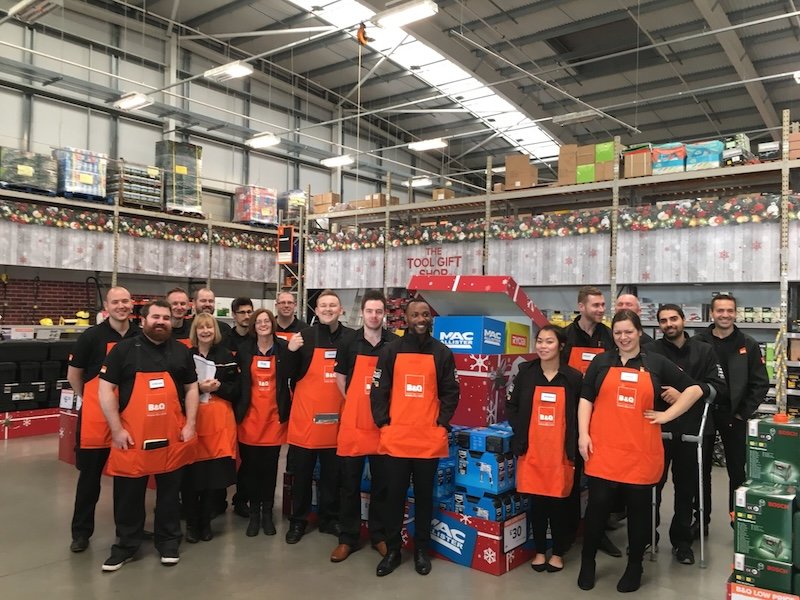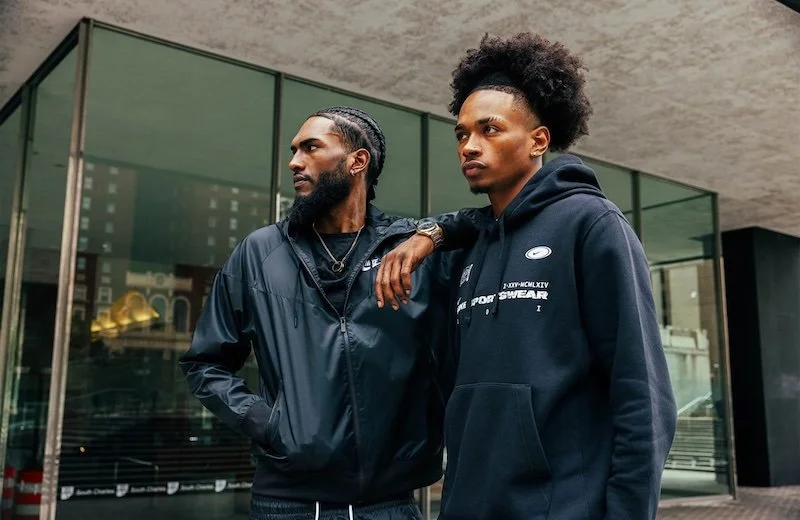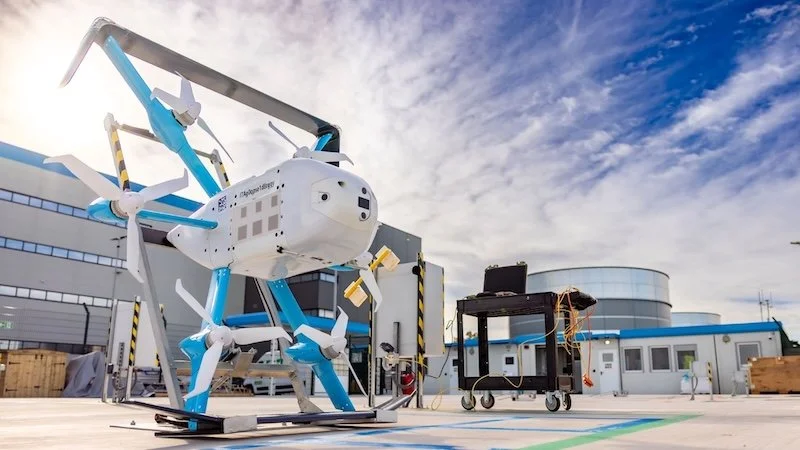Retail media and social conversion: VML Commerce flags top trends set to transform retail beyond 2024
VML Commerce has released a report looking at the trends that are expected to shape the retail industry.
Whether it’s the maturing of the metaverse, luxury brands’ foray into digital worlds, or the rise of retail media as marketplaces navigate the deprecation of third-party cookies, the commerce landscape is set to completely revolutionise over the next ten years, the company notes.
The rise of retail media and creative commerce
“Retail media spending globally is expected to reach $128 billion in 2023, and it is poised to overtake linear TV as the third biggest channel by spend. So not only is it ushering in the next era of commerce, but today’s technology driven age means that the time honoured traditions of shopper marketing for retailers and brands are being upended,” says Beth Ann Kaminkow, Global Chief Commerce Officer at VML.
“The future will no longer be about retail media as a vehicle, but how it is used to engage shoppers. This is where ‘creative commerce’ comes in: ideas that inspire conversion regardless of the channel.”
“Retail media is powerful because it gets brands closer to the point of purchase and is far more targeted. But to cut through and convert, a creative approach will be imperative.”
The age of experimentation and search
Michelle Baumann, Chief Strategy Officer, Commerce at VML US believes that: “Shopping channels are proliferating online and consumers are starting to seek out novelty in their shopping journeys as they hop from channel to channel.”
“They will dabble here and there to test the waters, and serendipity will become a more sought-after part of the shopping experience.”
“This age of experimentation poses a challenge to retailers and brands, however. Why? Because digital shopping involves navigating a web of connections that throw up new ideas, suggestions and recommendations.”
“These kinds of non-linear, non-repeating shopping journeys are hard to predict and often take the consumer in a completely new direction. Brands and retailers need to ensure that experimentation in the customer journey doesn’t lead to shoppers clicking off a retailers’ site and onto a competitor.”
The power of ‘social conversion’ in the east
The future, when it comes to social commerce, is here… in China. Social media drives commerce in China, with 90% of Chinese consumers having shopped via social media. So, what can the west learn about this future?
“In China, it’s all about both content and conversion. Mega powerful influencers livestream highly entertaining sales pitches and invite immediate purchase. The shopping experience is simple, seamless and, perhaps most importantly, contained within the Alibaba ecosystem,” says Debbie Ellison, Chief Commerce Officer, at VML UK Group.
“On the other hand, social commerce in Western countries is tiny. It’s changing slowly of course - Amazon Live and the imminent launch of Walmart Creator are just two recent examples. And the marketplace or retailer outside of China that can capitalise on this will be set to reap the long-term benefits.
Content supply chains of the future counting on the cure of AI
For modern digital businesses, your brand is your content. With 60% of digital consumers seeking to be entertained by the shopping experience, the quality of content is a key differentiator that drives purchasing decisions.
But supporting this appetite for content puts a massive strain on content supply chains. Every website, every app, every marketplace listing, every social media account needs their content fix too.
According to Gemma Spence, Chief Digital Commerce Officer at VML EMEA: “This is where generative AI can make a difference - it is quickly becoming a go-to tool for brands looking to slash production times for differentiated content across channels.”
“For instance, our Brand Guardian solution uses NLP and computer vision AI to monitor large-scale content output according to predefined flexible ‘rules’ that reflect a unique brand identity; it proposes fixes to content errors too.”
“We call it a ‘curative AI’ approach – ‘curing’ anomalies within the context of high-scale digital content creation. And together with generative AI, it could help foster the content supply chain of the future.
The maturing of the metaverse
Naji El-Arifi, Head of Innovation, Commerce at VML, says: “It’s fair to say that the metaverse - the technological hot take of 2022 - hasn’t yet lived up to the hype.”
“Where are the immersive 3D hangout spaces we were promised to free us from the confines of screen-based social media? Why can we not yet send our digital avatars to do our shopping in giant virtual superstores?”
“But from cloud computing to AI, groundbreaking technologies often take time to reach their potential, with a few bumps along the way.”
“All the early buzz around the metaverse focused on how it would revolutionise the consumer experience of technology, creating a VR internet that would allow us to (digitally) go where we want, do what we want, be who we want.”
“That may still come to pass, but some of the most interesting developments are happening not in the consumer sphere, but in business.”
“Whether it’s the use of digitally augmented training methods to boost skills and talent retention, or ‘digital twin’ simulations in product development and process design, we’re seeing more of a ‘big picture’ definition of the metaverse emerging in B2B applications, with AR, XR and mixed reality technologies sitting alongside VR.”















Continue reading…